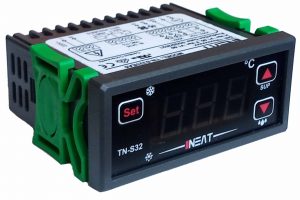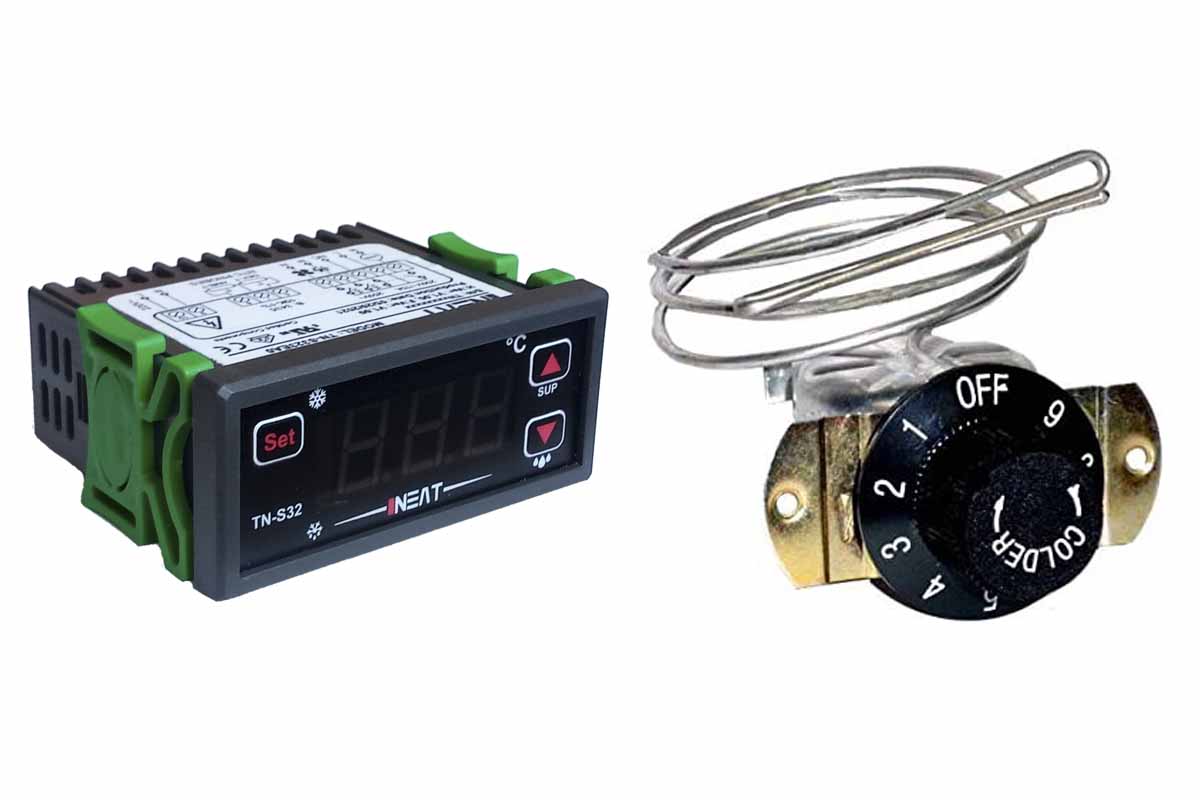The thermostat in a commercial refrigeration unit is the part that regulates the temperature within the cabinet, keeping the produce as fresh as possible for as long as possible. Traditional thermostat units utilise mercury for temperature control, but the global refrigeration industry has moved away from this practise due to environmental concerns. Mercury-based thermostats are problematic in that, once a refrigerator is disposed of, the mercury contained within the thermostat either leaks into the soil of a landfill site – poisoning the land – or makes its way via streams and rivers into the ocean where edible fish are contaminated. Let’s have a look at why commercial refrigeration manufacturers have moved away from the traditional mechanical thermostat and towards eco-friendly digital thermostats

Digital Thermostats Save Money
Digital commercial refrigeration thermostats, or advanced electronic energy management systems, are less power intensive than their mechanical predecessors as they are able to maintain a constant temperature for longer periods of time. Mechanical thermostats are constantly having to be activated and deactivated in an attempt to maintain a steady temperature within the refrigeration unit. Less draw of electricity from the main grid means that you can expect a reduced electrical bill each month simply by utilising modern refrigeration technologies in your establishment.
Better Accuracy with Digital Thermostats
Outdated mechanical thermostats are able to regulate temperature within one or two degrees of optimum refrigeration temperature, but rely on a turning knob usually with five or six settings of ‘coolness’ to choose from. Without a built-in thermometer, there is no way of knowing the exact temperature within the refrigerator. Digital thermostats, on the other hand, can regulate temperature to within a tenth of a degree – and are fully programable in that you are able to precisely set your required temperature. EMDs often feature a digital display that shows the temperature within the cabinet, allowing you to see the exact temperature without the use of a separate thermometer.
Digital Thermostats Last Longer
Mechanical mercury-based refrigeration thermostats utilise gas-filled tubes attached to the evaporator, which will expand or contract and bellows within the thermostat itself. The bellows either open or close switches that either cool or don’t cool the cabinet. These thermostats have to be close to the capillary tubes, and for this reason are installed within the humid refrigerator cabinet environment. This causes the mechanical components to eventually rust and stop working, requiring attention from a refrigeration specialist.
EMD thermostats are more accurate in that they measure temperature within the cabinet itself – and not the evaporator temperature. Digital thermostats utilise a thermocouple sensor that is essentially a metal nib somewhere inside the refrigeration unit. A cable is connected to the control unit (mounted on the outside of the unit) where the temperature is displayed and can be adjusted. Because the digital thermostat is mounted externally, it is not exposed to moisture at any point and thus remains operational for much longer than its mechanical predecessor.
